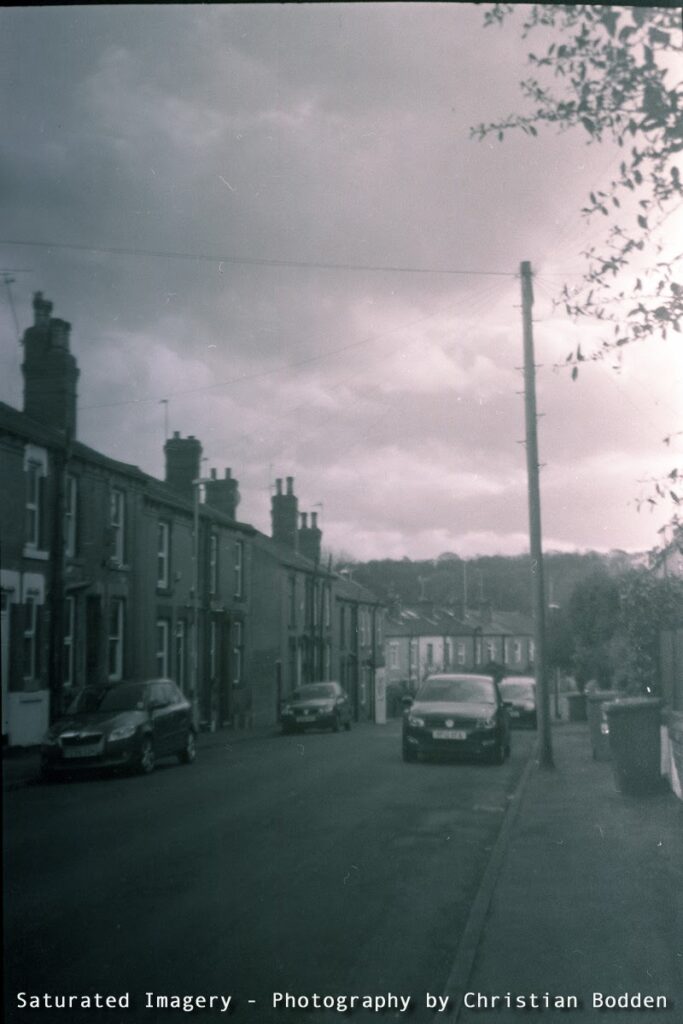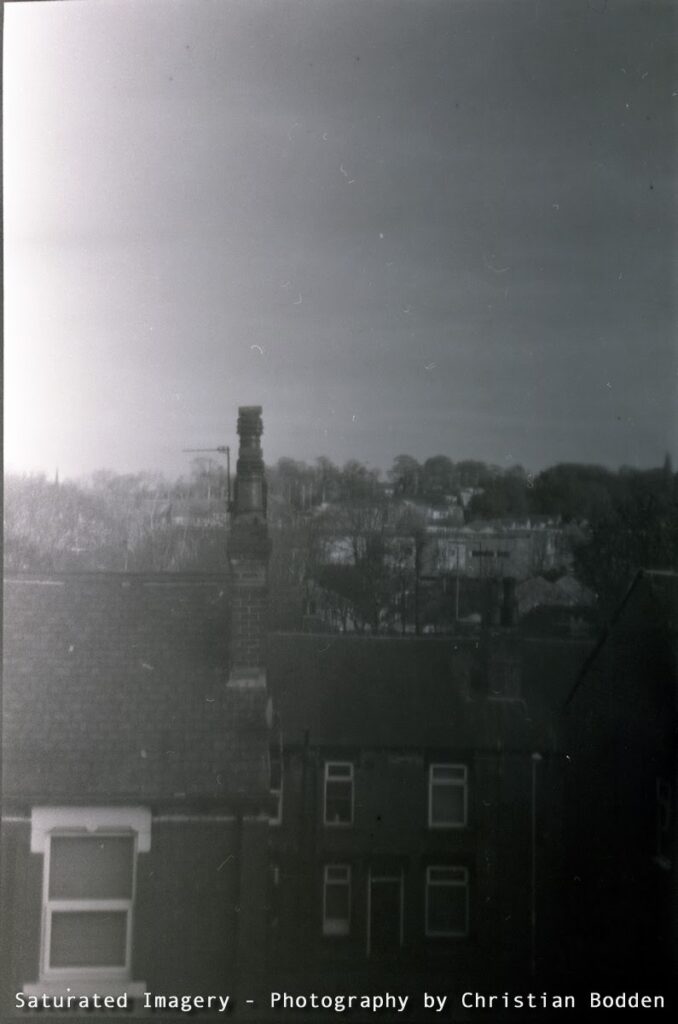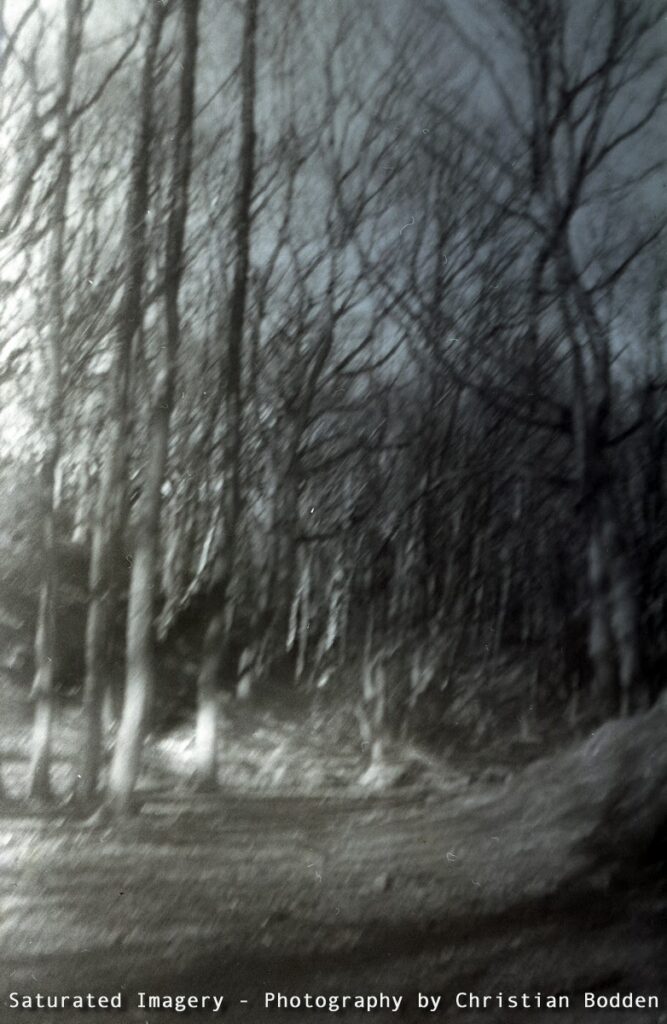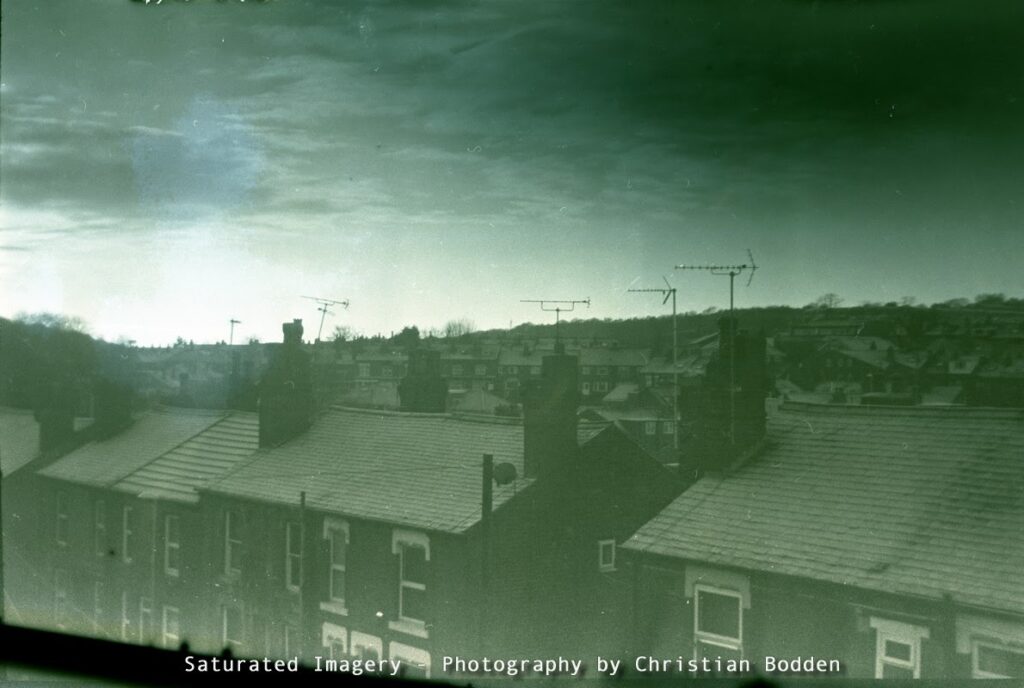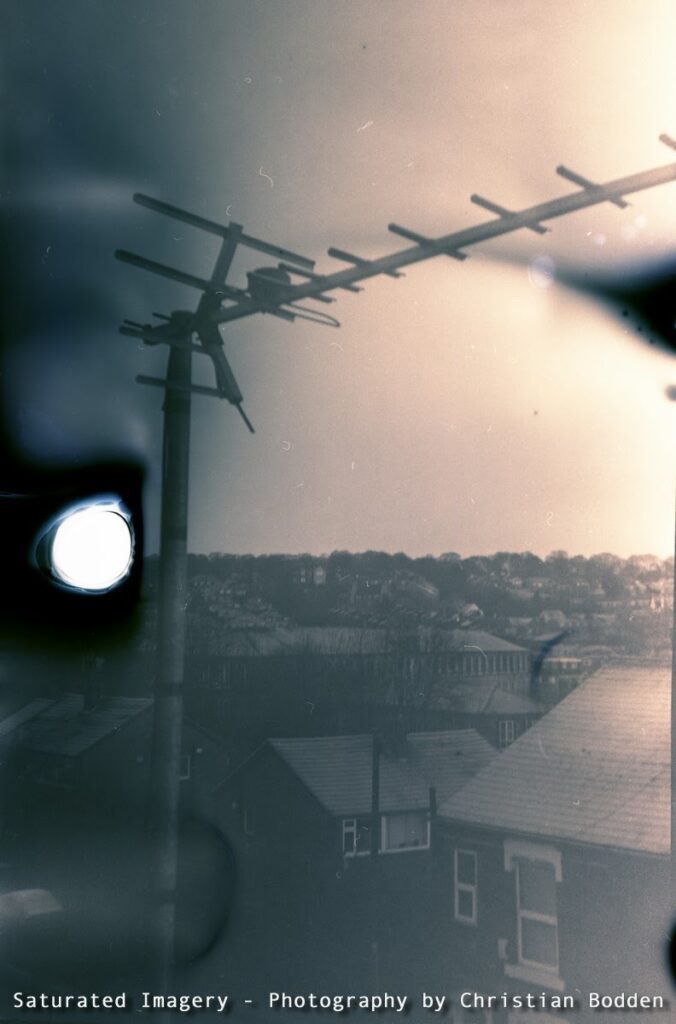Old E4 film in Rodinal
Sometimes I wonder about my sanity.
A long time ago, I bought a random collection of old film from that den of iniquity that is Ebay. I think I was pulled in by the fact that it had a couple of 126 Cartridges, which are stupidly expensive to get hold of now, along with some very exciting looking old films. Most of which, when I received them turned out to be far past the level of esoteric, and straying into the realms of (probably) useless. Some of these do not even seem to be clear what the process is, though at least some indicate that they are the old E4 process.
Stand Developing
The E4 process was a precursor to the current E6 process used for Slide Film, but it used some pretty hardcore dangerous chemicals. The dyes are similar to both the E6 and C41 process, but needing specific steps and a lower temperature. I have heard of people having some success “cross processing” E4 in C41 chemistry at room temperature, but I thought for this film I would use a process that can normally bring out an image in anything – Stand developing in rodinal.
Stand developing uses a very dilute solution; in this case 1 part Rodinal to 100 parts of water. Agitation takes place only at the start of the process, which is then left undisturbed for an hour. Effectively this develops the film as far as the exposure will allow in a given area as the developer exhausts itself – once an area is developed no new developer is introduced to that area. This means that any film of any speed and any exposure (provided the exposure is enough to have actually exposed the film) will simply work. Highlights are retained and shadows are boosted.
There are some disadvantages, one being the possibility of streaks due to bromide drag – this is where bromide ions produced in the process settle in the tank, and where there is over agitation within the normally low agitation process streaks can occur due to turbulence through the sprocket holes in 35mm film.
But where you are not sure what a film is, or whether it has become seriously degraded it is a useful process to obtain an image.
Of course the question could be asked: why? Obviously if you have an old exposed film and wish to try and get the images from it then this is useful. In my case of course it is sheer bloody-mindedness. I have an old film and want to use it.
I also like the effect of processing colour film in Rodinal – it is a weak colour developer and slightly activates the dyes in colour film, and creates an interesting dreamy effect.
Gallery
The film was Kodak Ektachrome EBL, a tungsten balanced film with a natural ISO of 160, not that this is likely to have much bearing on it’s performance now. Again, a slightly mad experiment, I shot these in an old Gevaert Gevabox – not perhaps the best to test a film. The Gevabox would expose this correctly (dependant on setting) for bright cloudy skies or weak hazy sun, though as I have outlined above, stand development should bring something out regardless.
A mad experiment. But the results are interesting and have a beauty of their own.

